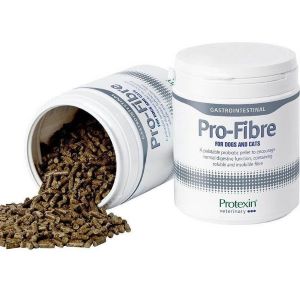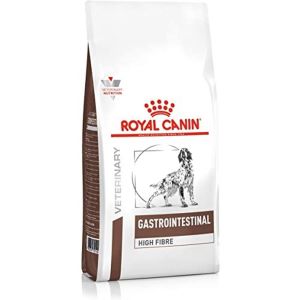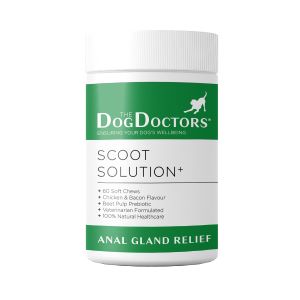If you are like many you must know how fibre is a friendly assistant that keeps our digestive system running and us satisfied! But what about our dogs, do dogs need fibre and if they do how to add fibre to a dog’s diet?
Let’s understand what makes fibre so special for our dogs and tips to add fibre to their food, to make their digestive system work in a fine balance.

You Might Also Like:
How to Add Fibre to a Dog’s Diet?
High-fibre food should be included in your dog’s diet, but sometimes it’s not easy to choose the right foods. As a responsible pet parent, you must know what foods to include and how much to feed.
Fibre mainly comes from plants and doesn’t necessarily get digested. Instead, it helps in other important functions, such as it helps digestion by serving as food for the good bacteria that live there[1].
That’s why soluble fibres are called “prebiotics,” because they stimulate the growth of these good bacteria. It may sound strange that fibre can both speed up bowel movements and at the same time, stop diarrhoea in dogs.
Now that we have understood the advantages of adding fibre to a dog’s diet. Let’s explore some useful tips on selecting the right foods for their meal:
- Pumpkin: Pumpkin is a great source of soluble fibre. Feed plain without added sugars or spices.
- Beet Pulp: This is often found in commercial dog foods. It contains both soluble and insoluble fibre.
- Flaxseed: They are a great source of omega-3 fatty acids and fibre and also benefit dogs’ skin, coat and digestive health. Flaxseeds also ensure better nutrient absorption in the stomach.
- Lettuce: Lettuce such as romaine or green leaf is low in calories and contains high fibre. A healthy treat option for dogs.
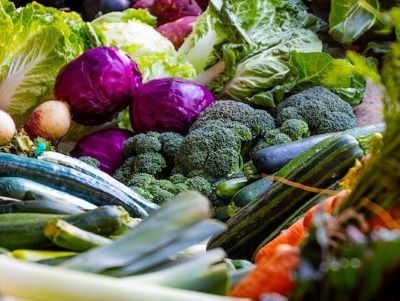
- Carrots: Besides being a good source of fibre carrots also promote the dental health of your dog.
- Apples: Before feeding apples to your dog always remove seeds and anything difficult to chew in the core, apples are a fibre-rich snack.
- Green Beans: High in fibre and low in calories. Green beans are a healthy and crunch treat for your dogs.
- Sweet Potatoes: They are rich in fibre and minerals. Cooked and mashed sweet potatoes are delicious options.
- Broccoli: Broccoli is both soluble and insoluble fibre, and highly beneficial for your dog’s digestive health.
- Oatmeal: Cook plain oatmeal without any flavour or sweetness, this will fulfil your dog’s occasional hunger.
- Brown Rice: Compared to white rice, brown rice has more fibre and nutrients.
When choosing high-fiber foods, it's important to select foods suited for your dog's breed and size. For example, some of the best dog food for huskies contains fish, meat, and fiber sources like brown rice.
Do Dogs Need Fibre?
Fibre is good for dogs as it helps them to digest food. Fibre comes from plants, fruits, grains, vegetables, and beans. It also makes dog poop softer and bigger.
Fibre also promotes gut health and stomach work better. Fibre helps to break down food and get all the nutrients needed for dogs. It can also keep blood sugar levels steady, which is important as dogs are always ready to eat. Most vets recommend a high-fibre, low-fat diet.
“Fiber slows the entrance of glucose into the bloodstream and helps your dog feel full. Low-fat foods have fewer calories. Together, the diet can help your dog eat less and lose weight”, says Dr Amy Flowers from WebMD.
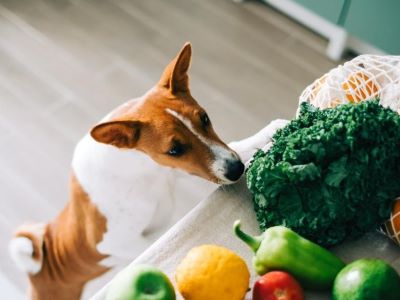
Some dog owners are concerned whether passionfruit is safe for dogs. Check our guide on, "can dogs have passionfruit?" for more details.
Precautions of Adding Fibre to a Dog’s Diet?
It is important to keep in mind a few precautions as well to avoid over-feeding and other health issues, here are some precautionary tips:
How Much Fibre Do Dogs Need
Fibre is an important part, as it can help a dog’s health in several ways but adding too much or too quickly can cause problems too. There are not any set rules, it depends on a specific dog’s size, age and preference.
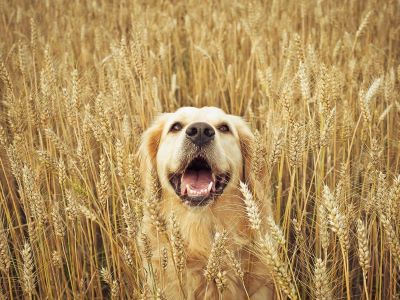
But you can include fibre in around 5 to 10% of their overall diet every day, Slowly and gradually. This will allow the dog’s digestive system to adjust and prevent bloating, gas or diarrhoea. You can start with a teaspoon and increase over time.
Choose Right Fibres
There are two types of fibre: soluble and insoluble. Soluble helps to break down food and insoluble helps to move food through the gut. Both have their benefits but both of them too much can cause issues.
Excess fibre can cause diarrhoea, vomiting, and obesity. Hence, you must choose a balanced source of fibre[2].
Monitor the Dog’s Response
Fibre can have various impacts on dogs, some may benefit and some may not. For this, you can monitor your dog’s appetite, weight, energy levels, coat condition, and stool quality.
If you notice any sign of digestive distress such as diarrhoea, constipation, vomiting, or loss of appetite, then rush to the vet and stop what you fed altogether to prevent symptoms from worsening.
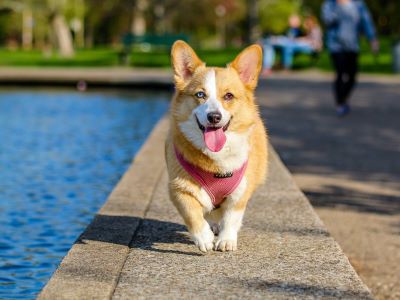
Consult With the Vet
You should always consult with the vet before introducing any new food. The vet can provide advice based on your dog’s age, breed, size, and nutritional needs. They can also suggest the best foods and how much to feed your dog.
Ever thought of feeding your pup cornflakes? Before feeding them check our guide on, "can dogs eat corn flakes?" for more details.
FAQs
High-Fibre Vegetables for Dogs?
Green veggies such as spinach, kale, green beans and broccoli are all great fibre sources to add to your dog’s diet. Stick to the fresh or snap frozen variety, rather than canned. Brown rice. Brown rice is found in many high-fibre dog foods. Strawberries and blueberries. A sweet snack that many dogs love.
How Can I Add Fibre to My Dog’s Diet Naturally?
Carrots also provide a great source of nutritious fibre for dogs as well as help to ensure that they get their daily dose of vitamins and minerals. Broccoli is one of the most nutritious plants from the cabbage family and provides a range of vitamins and trace elements to help to keep your dog fit and healthy.
Is Rice Good Fibre for Dogs?
Yes, brown rice for dogs offers many nutritional benefits. Brown rice is an excellent source of fibre, essential amino acids, and micronutrients like B vitamins, magnesium and manganese and contains high-quality carbohydrates that provide your dog with energy.
How Much Fibre Do Dogs Need?
Fibre should make up around 2% to 4% of a healthy and complete dog diet, and it should always be eaten alongside high-quality meat protein, along with other essential vitamins and minerals. If you think your dog requires more fibre in their diet, it may be worth speaking to a vet first.
What Vegetables Are High in Fibre for Dogs?
Kale shares its benefits with dogs and people. It’s a great source of fibre as well as iron, thiamine, folate and riboflavin. Other dark leafy greens like spinach or Swiss chard are also excellent sources. Chop them up or puree them to make them more digestible for your dog.
Summary
In conclusion, fibre is an excellent addition to your dog’s diet. It will provide great benefits to their gut health and overall body.
You can feed them a variety of fibres but all in moderation, as excess fibre can cause health issues too. And you can always take the advice of a vet.
As a responsible pet parent, you just need to understand a few things for the love of your canine companion and this will keep them healthy and happy!
Reference:
- Dog, F. (2023). What Is Fiber and Why Does Your Dog Need it in Their Diet?- American Kennel Club.
- Ioniţă-Mîndrican, C., Ziani, K., Mititelu, M., Oprea, E., Neacșu, S. M., Morosan, E., Dumitrescu, D., Roșca, A. C., Drăgănescu, D., & Negrei, C. (2022). Therapeutic Benefits and Dietary Restrictions of fibre intake: A State of the art Review– NIH.
